| Stations of Geotour 1: |
|
Click the map to enlarge ... |
| |
Station A - MGB Museum |
| |
The MGB Museum is a collaborative Mining and Geology
museum housed at the lobby of the main building
of the Mines and Geosciences Bureau (MGB) in North
Avenue, Quezon City. It was established to serve as a
center for the promotion of the role of geosciences and
mining to the public. Being the lead agency mandated
to take charge of the administration and disposition of
mineral lands and mineral resources, the current exhibit
takes a close look at the Philippine geology and
mining industry. |
| |
|
|
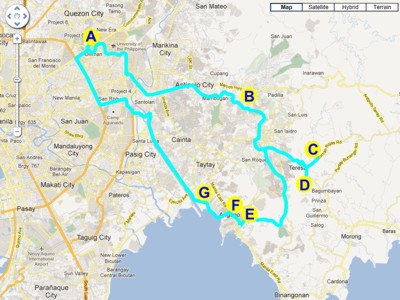
|
| |
|
|
| |
|
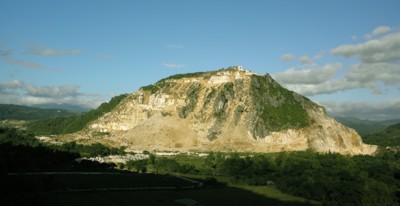
|
| Teresa Marble Quarry |
|
| |
|
Photo by AGFernando2012 |
Station B - Along Sumulong Highway |
|
|
| |
|
|
| After a tour of the MGB Museum, the tour route will pass by Marcos Highway then to the look-out point along Sumulong Highway, atop the mountains of Antipolo. A stop here will get a glimpse of the whole Metro Manila and a lecture on the geology and natural resources found in Metro Manila. |
|

|
| |
|
|
Station C - Teresa Marble quarry |
|
|
| |
|
|
MARBLE PRODUCTION IS no easy task. They follow stringent care in selecting and developing sites for potential quarrying operations. Once a site has been established to be suitable for
block production, they begin a series of access road developments and lay down the needed infrastructure in order to safely and efficiently quarry.
Actual quarry operations begin with planning and the proper layout execution of how blocks will be sliced using our wire saw technology. Once all factors are considered, wire sawing
begins by developing the site for the block production.
Usually, blocks of marble mass (measuring about 10 to 12 meters long by 10 meters wide and 7 meters high) are produced from the
wire saw operations. These blocks then go through strict inspections for proper classification according to geological features and colors. |
|
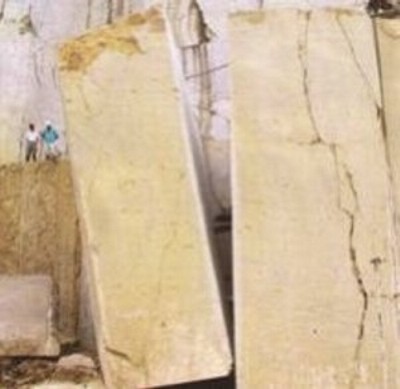 |
| |
|
|
| Blocks are classified either for slabbing
or tilling purposes. Finally, after proper classification, the blocks will be transported, either by a Payloader or mobile crane for secure stockpiling. |
| |
|
|
| |
|
|
Station D - Republic Cement plant |
|
|
| |
|
|
Republic Cement Corporation (Republic) is a Philippines-based company engaged in the manufacture, development, exploitation and sale of cement, marble and other kinds of building materials, and the processing or manufacture of materials for industrial or commercial purposes. The Company and its subsidiaries manufacture mainly Portland Type 1, Type 1P and Type P cement.
Through the subsidiary Batong Angono Aggregates Corporation it is also engaged in the production and sale of aggregates, which are major ingredients in concrete and asphalt production. Its Cement is sold in 40-kilogram (kg) bags or in bulk. The aggregates are sold in bulk usually loaded into dump trucks, principally on ex-plant (pick-up) basis. |
| |
|
|
Station E - Balaw-Balaw Restaurant and Art Gallery |
|
(Lunch time) |
| |
|
|
| |
|
|
Station F - Angono Petroglyphs |
|
|
| |
|
|
The petroglyphs of Angono is the oldest known work of art in the Philippines.
There are 127 human and animal figures engraved on the rockwall dating back to 3000 BC.
These inscriptions clearly show stylized human figures, frogs and lizards along with other designs that may have depicted other interesting figures but erosion may have caused it to become indistinguishable |
|
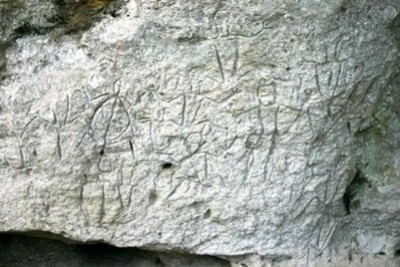 |
| |
|
|
| |
|
|
Station G - Manggahan Floodway |
|
|
| |
|
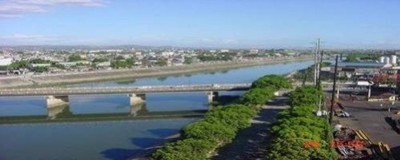 |
| |
|
|





